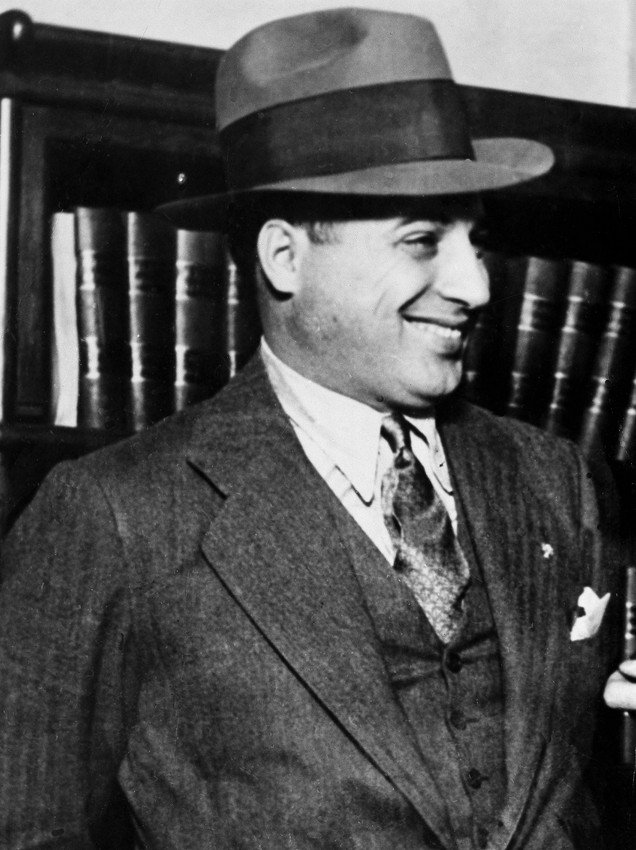The other Capone
By Robin Amer

The other Capone
By Robin AmerIn 1930, the Chicago attorney and reformer Frank J. Loesch and his organized crime watchdog group, the Chicago Crime Commission, issued the first-ever list of so-called “Public Enemies.” Three years later, Loesch said of the list:
I had the operating director of the Chicago Crime Commission bring before me a list of the outstanding hoodlums, known murderers — murderers which you and I know but can’t prove — and there were about 100 of them, and out of this list I selected 28 men. I put Al Capone at the head and his brother next… .

This other Capone — Al’s older brother — earned the nickname “Bottles” by running soft drink bottling plants for the Outfit during Prohibition. After Al was convicted of tax evasion and sent to prison in 1931, Ralph was accused of, well, trying to get the gang back together. He too was hounded by the federal government on accusations of tax eviction, and he served time for the crime shortly after Al did.
Despite having once been described as the Outfit’s “elder statesman,” Ralph Capone was never as deeply enmeshed as his brother. Still, with a reputation like Ralph’s, it’s not hard to see why Deirdre Marie Capone felt haunted by her family’s legacy. Her father, Ralph Jr., was Bottles’ only son. According to Deirdre’s website, her father committed suicide just before her 11th birthday, “due to the burden of the Capone name.”
“It destroyed my father,” she later said.
As an adult, Deirdre kept her family history secret from everyone but her husband. Not even her four children knew who their great-granduncle was. “I hid for so long who I was. It was very difficult for me to tell anybody,” she said, especially growing up on Chicago’s South Side.
But Deirdre came out as a Capone last year with the publication of her family memoir, Uncle Al Capone. Now, she’s fond of saying that her great-uncle, Al, was a mobster, yes, but not a monster. And she proudly wears her family’s name at events like the Chicago History Museum’s celebration of the repeal of Prohibition earlier this week.
In the audio above, Deirdre recounts her decision to face her family past.
Dynamic Range showcases hidden gems unearthed from Chicago Amplified’s vast archive of public events and appears on weekends. Deirdre Capone spoke at an event presented by the Chicago History Museum earlier this month. Click here to hear the event in its entirety.